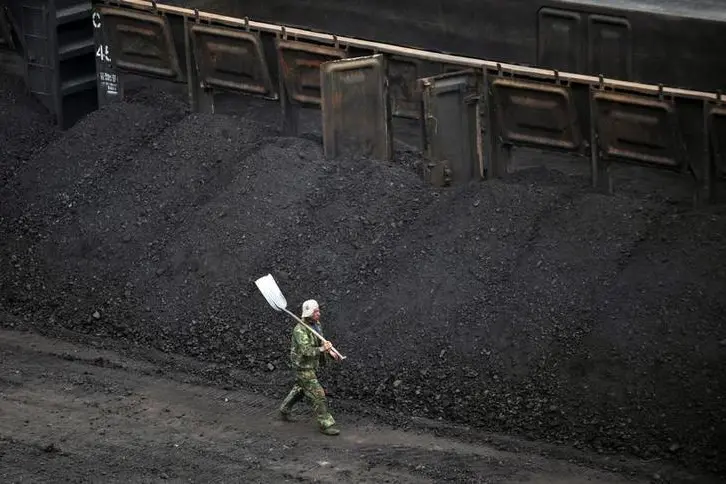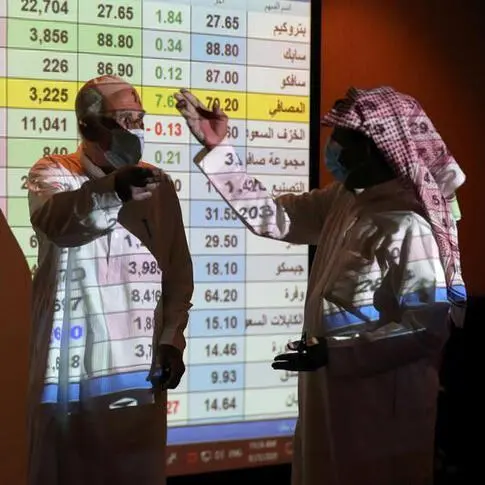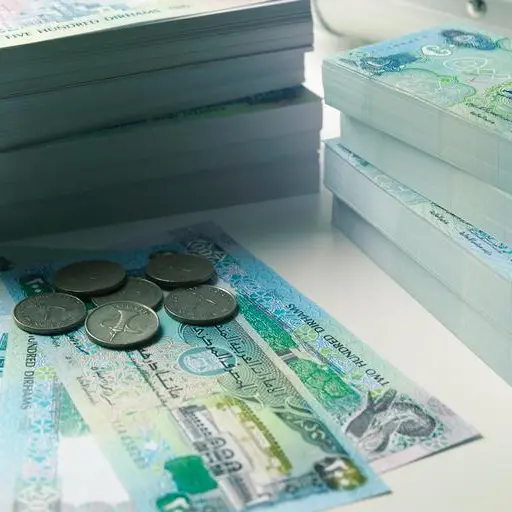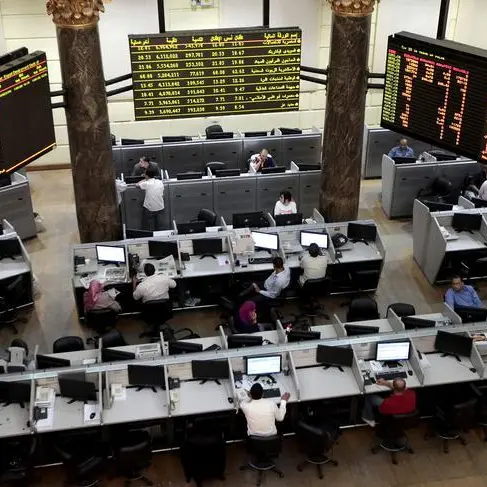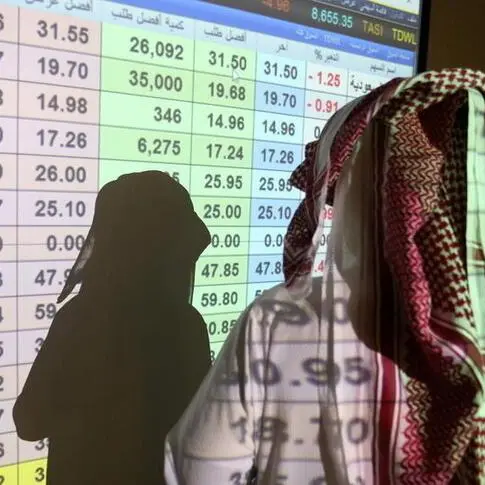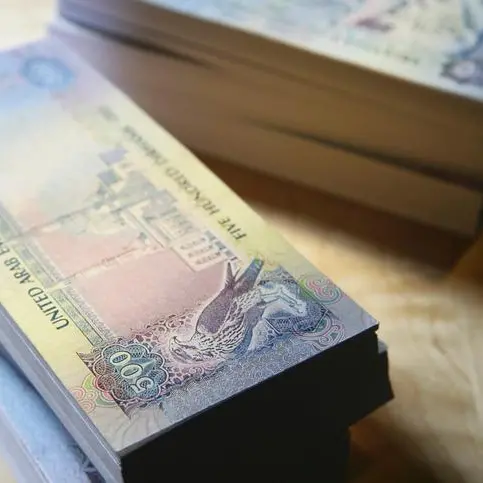PHOTO
SINGAPORE - Australian thermal coal prices this week registered their biggest weekly fall since the financial market turmoil of a decade ago as demand plunged with the end of winter and amid worries over the strength of the global economy.
Coal prices for prompt loading at Australia's Newcastle terminal have lost almost 20 percent since last Friday,dropping to $72 a tonne. That was the lowest level since May 2017 and marked the steepest weekly decline since the global financial crisis of 2008/09.
Coal has slumped by 40 percent from a mid-2018 peak of more than $120 a tonne.
This week's plunge comes only days after Australian miners and Japanese power utilities settled a fixed delivery price for April 2019 to March 2020 of $94.75 a tonne.
"Many times in the past, we've seen Newcastle soften after the April-March negotiations have been finalised," said Pat Markey, managing director of Singapore-based commodity consultancy Sierra Vista Resources.
Japan is the biggest buyer of Australian thermal coal. The contract to March 2020 was 14 percent lower than the price for a year-long deal for supplies through September this year.
Traders said the slump comes amid a slowdown in industry activity in Asia, Europe and North America that has triggered fears of a global recession.
The coal slump also follows a 60 percent crash in Asian prices for liquefied natural gas (LNG), coal's most direct competitor as a power generation fuel.
DEMAND FROM BIGGEST IMPORTERS FALLS
Trade data on Refinitiv Eikon showed a sharp weekly fall in thermal coal imports from Australia's biggest buyers of China, India, Japan, South Korea and Taiwan.
These countries' overall imports fell to 11.8 million tonnes from 16.1 million tonnes between weeks 12 and 13 of this year.
India's coal imports have slowed despite strong demand because domestic output rose from Coal India, the world'sbiggest coal miner.
Coal India's fourth-quarter production last year rose 2.6 percent year on year to 155.97 million tonnes and rose further in the first quarter of 2019 as the company reopened previously closed mines.
European coal demand has fallen with the end of the heating season but also because its biggest economy andcoal user, Germany, is teetering on the edge of recession.
Power sector demand for coal has been quite weak in northwest Europe owing to strong wind power generation. Germany's coal-fired generation accounted for only 8 percent of its total electricity generation last month, representing a three-year low for the time of year, said consultancy Energy Aspects.
A slump in gas prices has also helped to displace some coal from the generation mix in some European countries.
European benchmark API2 2020 coal futures have lost almost a third of their value since a 2018 peak, closing at $72 a tonne on Thursday. The European front-month physical price , meanwhile, is at its lowest since the third quarter of 2016.
Adding to the woes of Australian coal miners has been a sharp decline in Chinese imports, with customs slow to clear Australian cargoes.
Chinese imports of Australian thermal coal have fallen from 2 million tonnes in January, to about 1.3 million tonnes in March, Refinitiv Eikon shipping data shows.
The slump is partly because of high inventories in China, the world's biggest coal importer.
Refinitiv coal analyst Vishal Thiruvedula estimated that stocks at the main Bohai seaports of Caofeidian, Qinhuangdao and Jingtang in Northern China have risen by more than 2 million tonnes since this time last year to 16.2 million tonnes in March.
Given the end of the peak demand winter season and the onset of wet spring weather, these high stocks are unlikely to be drawn down soon, he said.
Thiruvedula said an increase in Chinese hydropower production thanks to higher rainfall in the coming weeks would also result in reduced coal burn for April to June.
(Reporting by Henning Gloystein; additional reporting by Nina Chestney in London; Editing by Tom Hogue and David Goodman)
© Reuters News 2019
